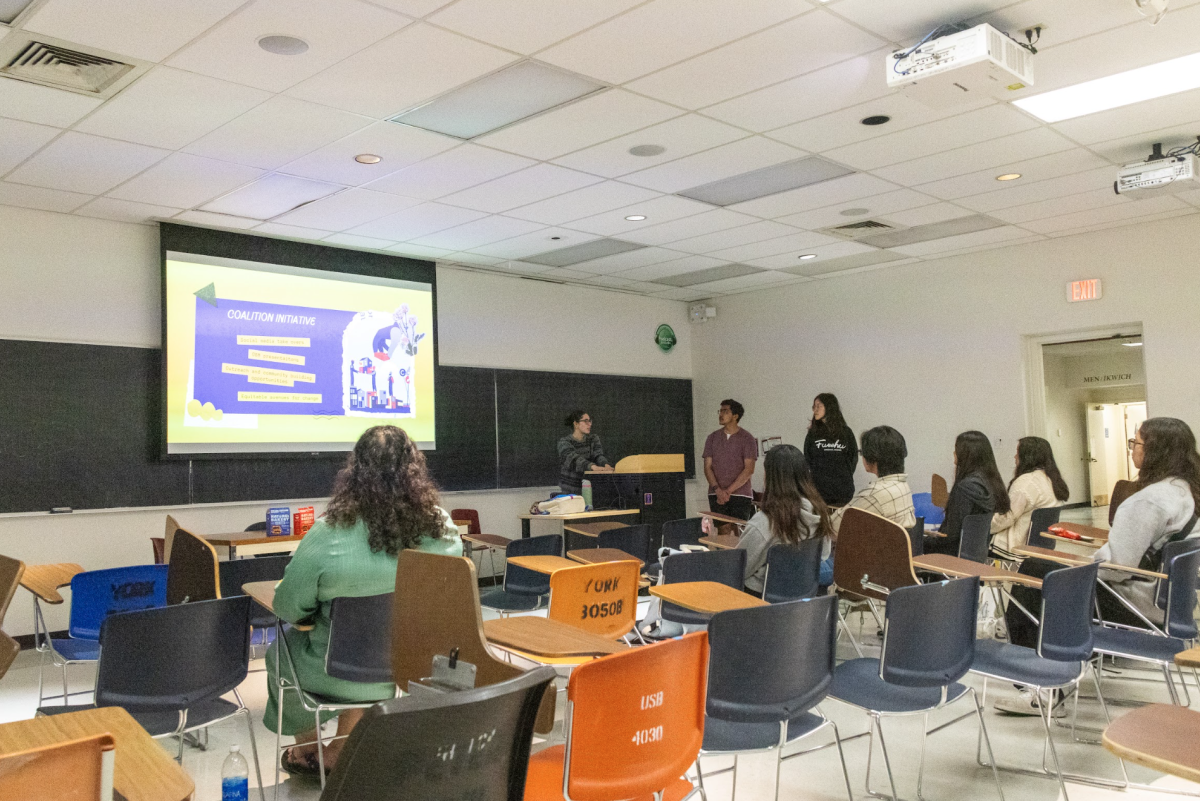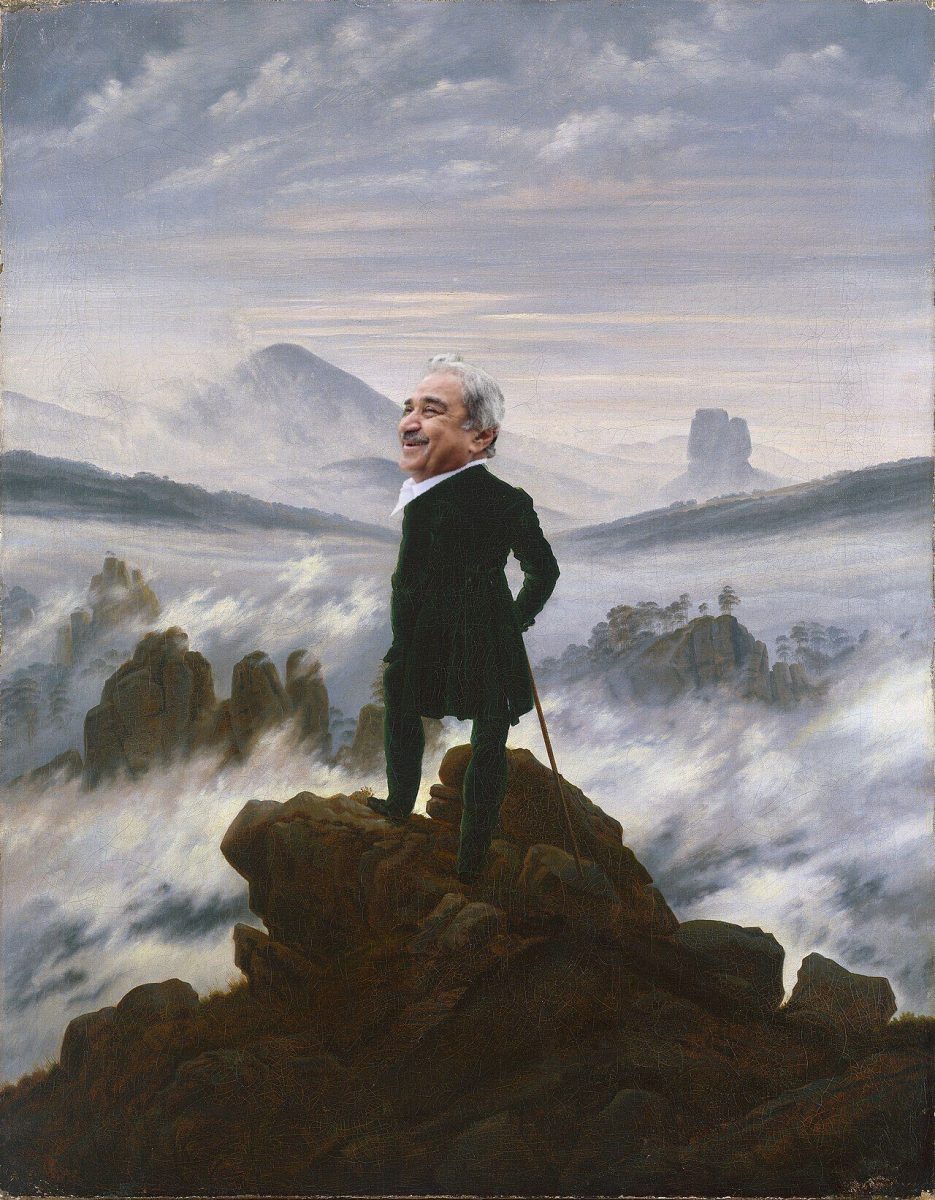Each culture has a different way of mourning those who have passed on. Death is very hard to deal with, to accept and to appreciate. There is no right or wrong way to mourn.
In America, death is dealt with in a very dark way. It is very solemn and quiet. A few miles away, however, people deal with death with a very different attitude, as it is celebrated in a two-day festival known as “”dias de los muertos.””
Dias de los muertos translates to “”days of the dead.”” It is a time when people in Mexico recognize, and at the same time celebrate, those who have died. It is a happy celebration where the dead come back to the world of the living for a day to be with loved ones. They come back to eat, drink and have a good time.
Deceased children come home to visit on the night of Oct. 31 and must be gone by the afternoon of Nov. 1. That is when the adults come home to visit and stay until mid-day Nov. 2.
The family greets the deceased adult with several offerings, including aromas from candles, copal incense and food, among other things. They are then thought to remain with the living, silently enjoying their company like in the old days. On the evening of Nov. 2, they are thought to have left, though some try to stay a little longer. These ghosts are chased back to their graves by people wearing bright and colorful masks.
Performers abound at the cemetaries, playing tunes enjoyed by those who have died. People everywhere are happy, celebrating with friends as well as family. The days are filled with prayer and festivities, a mixture of respect for the dead and the happiness of life.
How it is celebrated
This celebration has many traditions, some of which are universal and some that vary among regions.
Perhaps one of the most common traditions is the making of altars, mostly in people’s homes, although they are seen at the workplace as well. Altars consist of flowers, candles, pictures of the person to whom the altar is dedicated, food, water, clothing and things that describe the person’s personality. For children, there may be toys and candy. There is usually a candle for each spirit. Religious symbols are also used, such as figurines of Jesus and Mary, and crosses. The altars are bright and beautiful, as much time is given to them by the deceased’s friends and family.
Decorating gravesites is another common tradition. They are often painted freshly and covered in flowers. Marigolds are used very often in covering gravesites, as well as to make trails leading to homes. This lets the spirits know how to get to their friends and family. People hang out at the gravesites, visiting friends, both alive and dead, in addition to deceased family members.
Other traditions include “”pan de muertos,”” a sweet bread made for the dead that is placed on the altars. The living will often eat the pan de muertos the day after the spirits have left and contend that it was kissed by the dead when they came to visit. They say that it tastes a little sweeter after the dead have come to visit. Pan de muertos is sold all over Mexico at bakeries whose windows are covered in paintings of skeletons enjoying the bread.
Skulls, or “”calaveras,”” are seen everywhere in decorations, paintings and food. Sugar calaveras are seen in many places. Some people celebrate the tradition of eating a sugar calavera with one’s own name on it as a memorial to one’s body.
The skulls and skeletons seen everywhere in Mexico are not portrayed the way they are here. In America, on Halloween, skeletons are very dark and foreboding. They are something to be feared. In Mexico, they are joyful. They are often dressed in certain attire, an imitation of life.
The affection for the dead is displayed by the time, effort and money put into preparation for the dias de los muertos. Decorations are very elaborate and heartfelt. The respect for the dead is very evident everywhere one goes.
Overcoming death
All societies must have a way to deal with death, of overcoming great loss. The sadness that comes with losing a loved one is inescapable, but at some point there must be acceptance. The Mexican days of the dead are a way for people to transition from the cold feeling of loss to the acceptance of death. By feeling that the spirits are with you again, you feel close to them again and feel their warmth. It is not a sad time, because the living and the dead are reunited, which calls for a happy celebration with a lot of festivities.
The tradition is similar to the Irish wake, in which after mouring the death of someone, the person’s friends and family get together to drink in celebration of the person’s life. It is a way to gain peace with the passing of a loved one.
A common attitude toward death in Mexico is the belief that life is suffering, and that death is a release from that suffering. Life is unpredictable and is filled with worry, but will eventually end in a liberation from this: death. This is why there are such happy attitudes toward the days of the dead. The dead are free from this world.
And so the spirits once again leave, sometimes stubbornly, back to the world of the dead. They are happy to have been back for a day to visit, but it is not their world anymore, and must return to the infinite, and peace between the living and the dead is achieved — at least for one more year.







